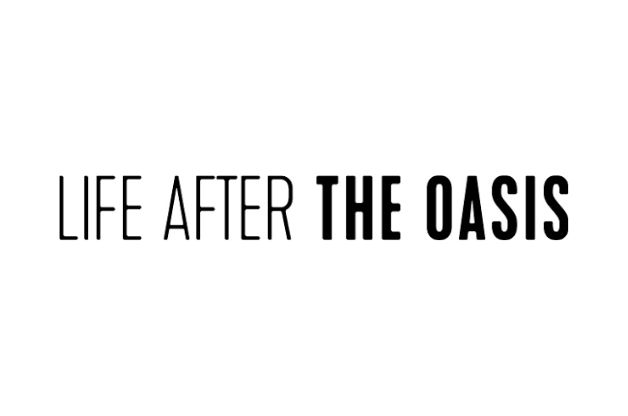More about the film
Life After The Oasis is a 75-minute documentary that explores the issues, interventions and mindsets associated with lived youth homelessness in Australia. The film revisits people from the original 2008 documentary The Oasis and explores how opportunities and experiences have shaped their lives over the last ten years.


Welcome back!
Don't have an account yet?
Log in with:
By signing up to Cool.org you consent and agree to Cool's privacy policy to
store, manage and process your personal information. To read more, please see
our privacy policy here(Opens in new tab).
Create your free Cool.org account.
Many of our resources are free, with an option to upgrade to Cool+ for premium content.
Already have an account?
Sign up with:
By signing up to Cool.org you consent and agree to Cool's privacy policy to
store, manage and process your personal information. To read more, please see
our privacy policy here(Opens in new tab).